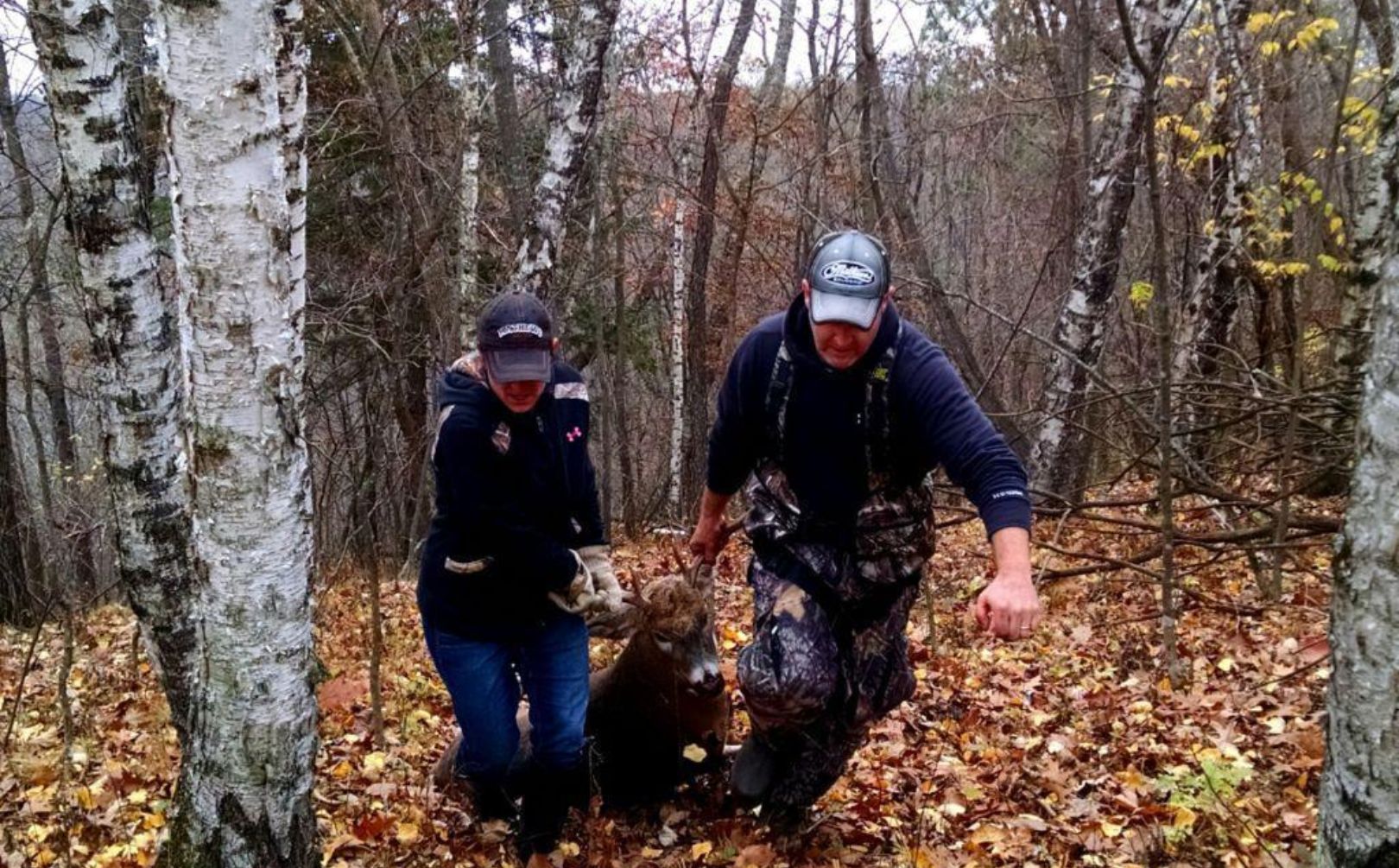
Let's face it, retrieving your next deer harvest can potentially be a whole lot of work! However if you wear the hair off the hide with a lengthy drag or not, your next deer recovery will always be an incredibly hallowed Fall experience that only a hunter can fully appreciate. Some of my most memorable hunting experinces involve tracking, finding, and pulling various deer harvests out of the woods. What about you?
*Make sure to check out my whitetail book series including, "Whitetail Success By Design" and "Food Plot Success By Design", to help you find mature bucks this hunting season!
Who doesn't think about their next great deer harvest? I do! In fact, like you, I plan for it and think about it all year long. But once you are lucky and connect on that monster that you have been after for years, how much of a priority do you place on the next most important step in the process: A low impact deer recovery effort.
Often you have worked many months or even years to create the opportunity for the hunt of a lifetime. You have scouted the land that you hunt, you have made sure to reduce your scent while hunting, and you have given great consideration to how you access your treestands in order to preserve the daytime hideouts of the local deer herd. But how much damage do you create when you recover your deer? Just because your tag has been filled, your focus to create a low impact sanctuary for the local deer herd isn't over yet. In fact, months and in some case years of hard work can be thrown away when a hunter fails to practice low impact deer recovery efforts. Here are some of my favorite ways to recover a deer, without spoiling all of your previous hard work!
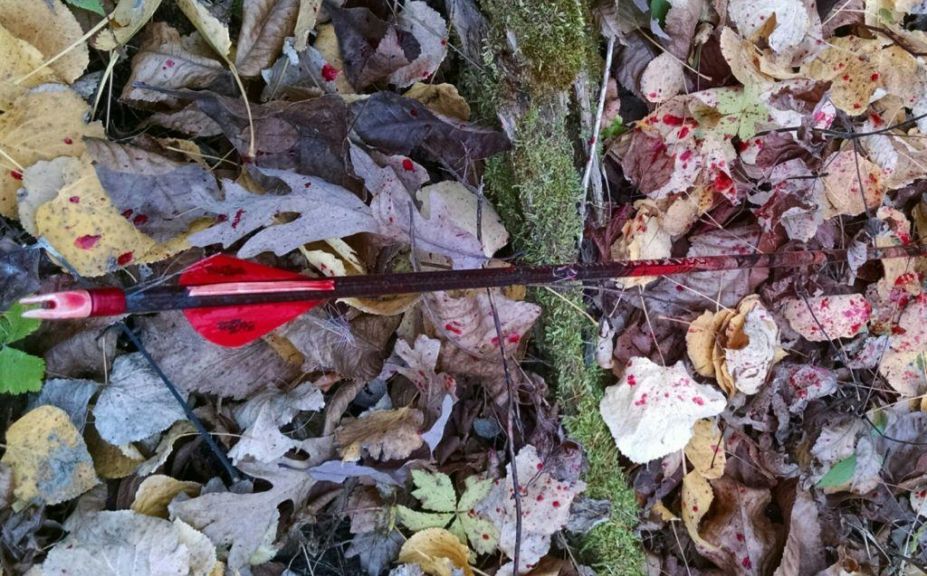
*Part of the process for recovering your deer often starts with a successful blood tracking job. For a complete tracking guide, check out "Whitetail Blood Tracking Tips".
The Mid Day Snatch, Grab and Go
I like to use this technique when I know for certain that a deer shot early in the morning is dead, or that a deer that was shot during the previous evening has had plenty of time to expire. However I only recover deer during the middle of the day when the local hunting pressure is at a minimum, for example during the early archery season, October Lull, late season or even during the middle of the week when most of my neighbors can count on to be working, instead of in the woods.
Deer that have certainly expired are deer that can be typically found very quickly, which keeps your impact on the land to an absolute minimum. In many cases an ATV, truck or tractor can be used to quickly recover a deer. Why use a machine? Because the deer know you are coming. You will spook deer either way, so by using the machine you can avoid and deer/human surprises as well as to considerably save your back! The last few times I have retrieved deer during the middle of the day we were in and out of the woods, within an hour. Speed and light, neighbor hunting pressure are both a must if I am going to risk pulling a deer out during the middle of the day.
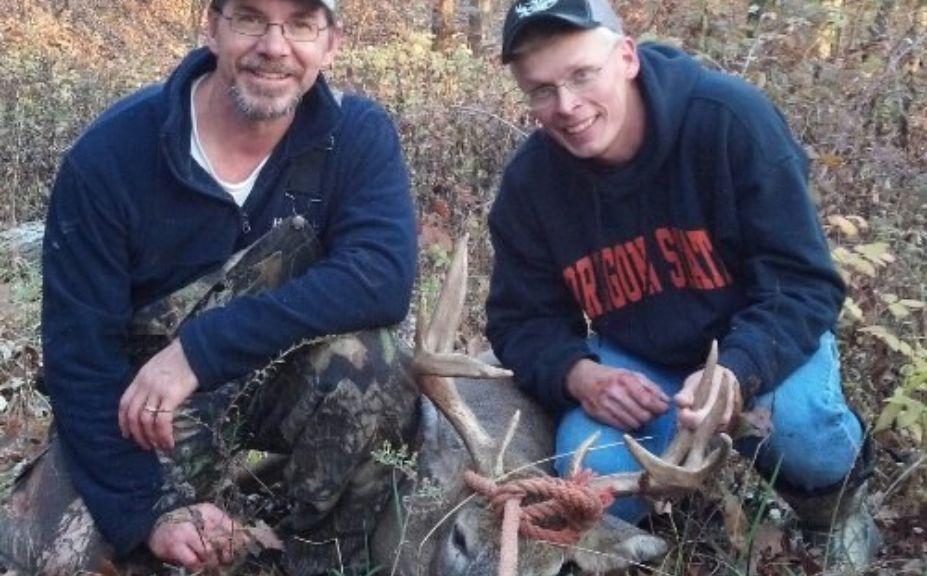
*During the week may be a great time for a low impact middle-of-the-day deer recovery while your weekend warrior neighbors are still a few days away from hunting their surrounding lands. With the help of Colin, we used a quick "snatch and grab" on Rich's Mid-November in the same location that I had harvested a monster just a few days earlier, using he same technique. To read more about the harvest, check out "Rich's WI and MI Micro Parcel Success".
High Pressure Darkness Deer Recovery Efforts
Have you ever recovered a deer during the middle of the day during a gun season opener? I have, and I have also been thanked by my neighbor's for doing so. During the late 80s and 90s I hunted a lot of high pressure Southern MI agricultural parcels and you couldn't pass gas without pushing a herd of deer to your neighbors, and I quickly learned the value of waiting until after dark to recover our deer harvests.
I know it is very hard to wait, in particular if you can see your monster buck that has expired close to your blind following a successful opening morning or afternoon hunt. In my experience though, it is critical that you avoid the temptation to take him back to camp when the pressure is most likely at it's highest during the entire season. At the same time why not let your hunting partners and possibly even a neighbor or two take part in the enjoyment of the recovery? When my son Jake harvested his first buck we enjoyed driving back with a truckload of guys to not only help to load him into the truck, but to celebrate Jake's right of passage into the ranks of succesful deer hunters. Retrieving Jake's first buck is one of my fondest hunting memories and I am sure it made an incredible impression on Jake as well! But not to be overlooked, any deer that we spooked during the process were pinballed to our neighbor's under the cover of darkness, an not during legal shooting hours.
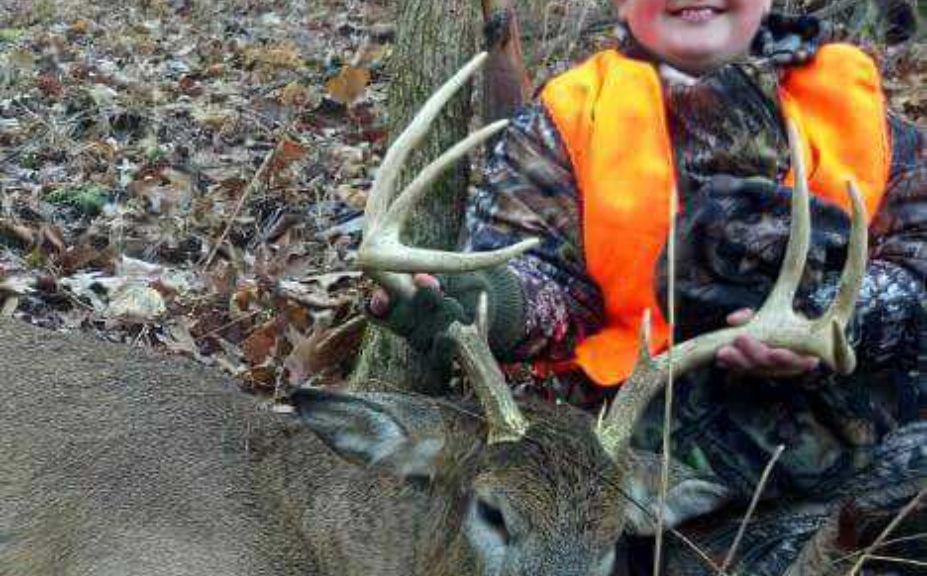
*This is my son Jake with his first buck, at the age of 10. Although he shot his buck at 10 am when we snapped a couple of quick pics, we waited until after dark to recover him so that we didn't spook deer that our partners were hunting on the same land. We sat the entire day together. For a look at the strategies Jake and I used for our opening day sit, check out "Opening Day Gun Season Strategies".
The Stealthy Approach
In 2009 my buddy Karl and I connected on a great WI gun season double. Karl was able to connect on his buck right after daybreak and we followed our typical routine of making sure to wait until after dark to recover his deer, even though the nice 9 point fell only 20 yards from his stand. Our strategy paid off big time when I was able to connect on a great buck in the same area that we had been after the entire season, only 2 mornings after. But even though we had both potentially filled our tags, it wasn't time to end our low impact approach!
Because we were not exactly sure of the quality of the shot that I had made on my own buck, and because Karl had a plane to catch, we were left with a mid-day deer recover effort during the 3rd day WI's gun season. Even though the 3rd day of deer season falls on a Monday each year with the majority of the hunters back to work before a long Thanksgiving weekend, we still had to be as stealthy as possible. Being stealthy with a questionable hit meant only 1 thing: Our recovery would have to be performed without machines, and without additional help. While I followed the blood trail, Karl shadowed my every move from about 50' behind. We moved slowly, steadily, quietly and made every attempt to blend into our surroundings. We both scanned ahead while stopping at various vantage points that were created when we had to expose our movements to large sections of the habitat. By scouring every inch of the woods with our binoculars, we moved slowly forward. In typical mature buck fashion, the beast took us through thickets and low topography passages which at the same time allowed us to move as non-invasively as possible. A 1/4 mile later buck's head looked our way as he hid behind a cluster of mature oaks towards the bottom of he hollow. We could hear hunter's voices to our left a few hundred yards away, as I steadied my rifle and completed the harvest. Although the harvest was no where near as perfect as it should have been, by quietly slipping in we were able to sneak close enough for the follow up shot on a buck that could have been one errant cough away from high-tailing it to a neighboring parcel that we lacked the permission to recover him from.
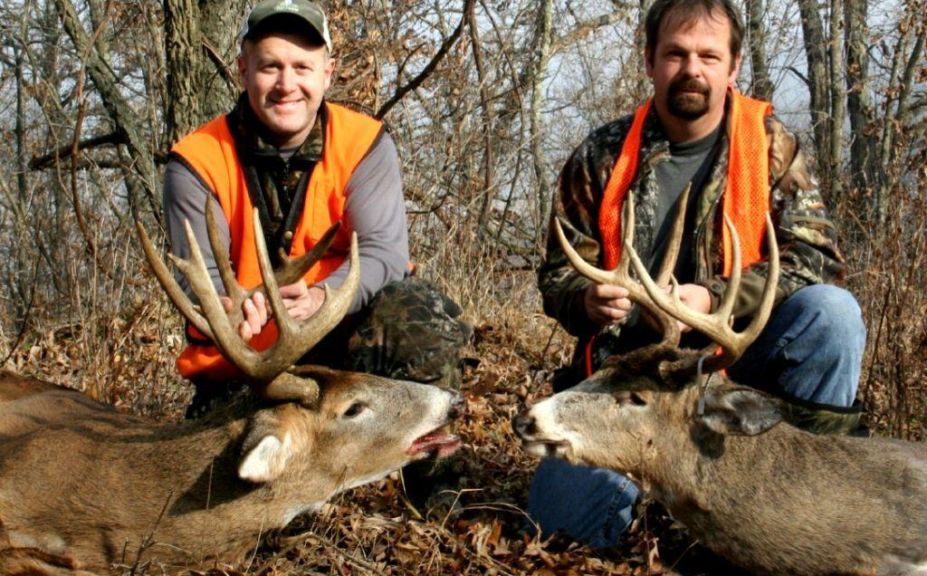
*Low impact deer recovery strategies were used to create this 2009 WI double for Karl and I, on 2 separate mornings. But just as important as the stealthy recovery, was how we accessed our morning stands. Morning hunts have accounted for over 80% of my buck harvests! For tips on how to make your next morning hunt a success, take a look at "Mornings Sneak Tactics For Mature Bucks".
Conclusion
What is your best low impact deer recovery strategy? There are many ways to make sure that the land that you hunt remains just as safe and secure after the hunt, as it was before the hunt, but as long as you consider every way possible to experience a quick and quiet recovery you will be on the right track. What took many months or years to create, can all be undone in just a moment of high impact hunter deer recovery efforts. Do your neighbor's thank you after you retrieve your deer? or do they not even know that you recovered the oldest buck in the forest. Often, the choice is yours.
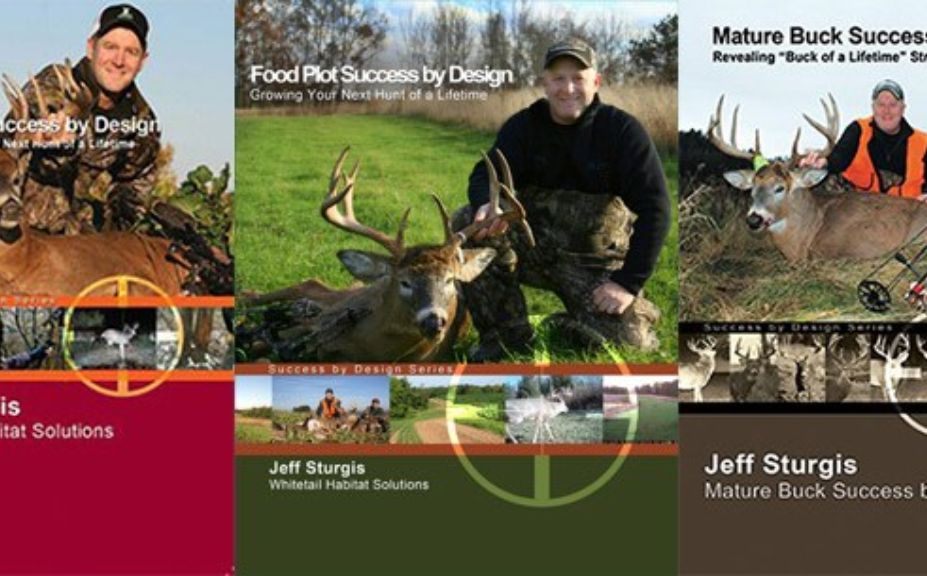
*Did you like these deer recovery strategies? Than you will appreciate the dozens of advanced strategies found in my "Whitetail Success By Design"series of books.